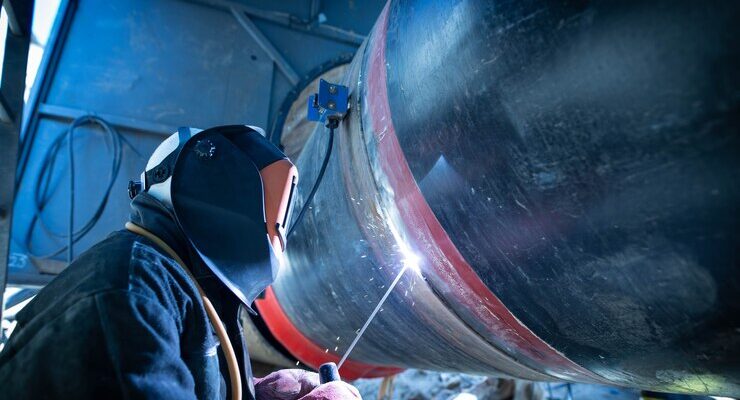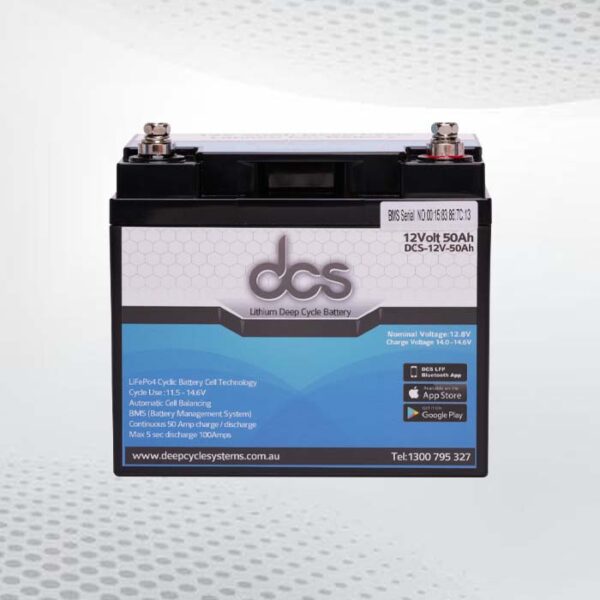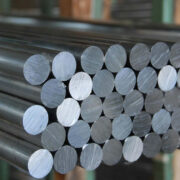
In the realm of industrial piping, ensuring the integrity of weld joints is paramount. Any compromise in weld quality can lead to structural vulnerabilities, leakage, and even catastrophic failures. To fortify weld joints and mitigate potential risks, pipe weld joint sleeve inserts have emerged as indispensable components in various industries.
Types of Pipe Weld Joint Sleeve Inserts
Pipe weld joint sleeve inserts come in diverse materials and configurations to suit specific applications. Metal inserts, such as stainless steel or titanium, offer robust reinforcement. Composite inserts, combining materials like fiberglass and resin, provide a blend of strength and corrosion resistance. Additionally, ceramic inserts excel in high-temperature environments, safeguarding against thermal stresses.
Advantages of Using Pipe Weld Joint Sleeve Inserts
The adoption of pipe weld joint sleeve inserts yields several benefits for industrial operations. These inserts enhance structural integrity by distributing stresses and preventing localized weaknesses. Moreover, they exhibit exceptional resistance to corrosion, extending the service life of piping systems. Additionally, their ability to withstand elevated temperatures ensures reliability in demanding environments.
Factors to Consider When Choosing Pipe Weld Joint Sleeve Inserts
Selecting the appropriate sleeve inserts necessitates careful consideration of various factors. Material compatibility with the piping substrate and conveyed fluids is paramount to prevent chemical reactions and material degradation. Additionally, the operating conditions, including pressure, temperature, and fluid characteristics, dictate the suitability of sleeve inserts. Furthermore, the welding process employed influences the compatibility and effectiveness of the inserts.
Installation Process of Pipe Weld Joint Sleeve Inserts
Proper installation procedures are crucial to maximize the efficacy of pipe weld joint sleeve inserts. The process begins with meticulous surface preparation to ensure clean and well-prepared welding surfaces. Subsequently, the inserts are precisely positioned and secured, adhering to recommended techniques and tolerances. Employing appropriate welding procedures, such as TIG or MIG welding, guarantees secure bonding between the insert and the piping.
Maintenance and Inspection of Pipe Weld Joint Sleeve Inserts
Regular maintenance and inspection regimes are imperative to uphold the performance of pipe weld joint sleeve inserts throughout their operational lifespan. Periodic inspections enable early detection of potential issues, such as corrosion or material degradation. Implementing proactive maintenance practices, such as surface treatments or protective coatings, mitigates degradation and prolongs the service life of sleeve inserts. In the event of damage or deterioration, prompt repair procedures ensure minimal disruptions to operations.
Applications of Pipe Weld Joint Sleeve Inserts
Pipe weld joint sleeve inserts find widespread applications across diverse industries, including the oil and gas sector, petrochemical plants, and power generation facilities. In these critical infrastructures, where reliability and safety are paramount, sleeve inserts play a pivotal role in ensuring the integrity of piping systems. Whether in high-pressure pipelines or corrosive environments, sleeve inserts provide robust reinforcement and safeguard against potential failures.
Case Studies: Successful Implementations
Real-world case studies underscore the efficacy and reliability of pipe weld joint sleeve inserts in various industrial settings. These success stories highlight the tangible benefits achieved through the adoption of sleeve inserts, including enhanced reliability, extended service life, and cost savings. From offshore oil rigs to chemical processing plants, the implementation of sleeve inserts has proven instrumental in enhancing operational efficiency and mitigating risks.
Future Trends in Pipe Weld Joint Sleeve Inserts
The evolution of pipe weld joint sleeve inserts continues with ongoing advancements in materials, designs, and manufacturing techniques. Future trends entail the development of novel materials with superior mechanical properties and enhanced resistance to harsh environments. Innovations in design aim to optimize stress distribution and improve compatibility with diverse piping systems. Moreover, aligning with emerging industry standards and regulations will drive the adoption of sustainable and eco-friendly sleeve insert solutions.
Common Challenges and Solutions
Despite their numerous advantages, pipe weld joint sleeve inserts may encounter challenges such as weld quality issues, material compatibility concerns, and environmental factors. Addressing these challenges necessitates collaborative efforts among stakeholders, employing best practices, and leveraging technological innovations. Solutions range from stringent quality control measures to the development of specialized coatings and materials tailored to specific operating conditions.
Cost Analysis: Investing in Pipe Weld Joint Sleeve Inserts
While the initial investment in pipe weld joint sleeve inserts may appear substantial, a comprehensive cost analysis reveals significant long-term savings and benefits. Factors such as extended service life, reduced maintenance costs, and enhanced operational reliability contribute to a favorable return on investment (ROI). Organizations must evaluate the lifecycle costs and performance gains associated with sleeve inserts to make informed investment decisions.
Environmental Impact of Pipe Weld Joint Sleeve Inserts
In an era of heightened environmental awareness, the ecological footprint of industrial operations is a critical consideration. Pipe weld joint sleeve inserts offer sustainable solutions by prolonging the service life of piping systems and reducing the need for frequent replacements. Additionally, the use of eco-friendly materials and manufacturing processes contributes to minimizing environmental impact. Organizations can prioritize environmentally responsible practices by embracing sleeve inserts as part of their sustainability initiatives.
Safety Precautions During Installation and Operation
Ensuring the safety of personnel during the installation and operation of pipe weld joint sleeve inserts is paramount. Adequate training, coupled with adherence to established safety protocols, mitigates the risk of accidents and injuries. Providing personnel with appropriate personal protective equipment (PPE) and fostering a culture of safety awareness promote a safe working environment. Emergency preparedness measures, including contingency plans and evacuation procedures, further enhance safety measures.
Expert Insights: Recommendations and Best Practices
Industry experts offer valuable insights and recommendations to optimize the performance and reliability of pipe weld joint sleeve inserts. Their expertise encompasses a wide range of topics, including material selection, installation techniques, and maintenance strategies. By leveraging expert recommendations and adhering to best practices, organizations can maximize the efficiency and longevity of sleeve inserts in their piping systems.
Read more “emperiotech”
Conclusion
Pipe weld joint sleeve inserts play a pivotal role in enhancing the integrity, reliability, and longevity of industrial piping systems. From reinforcing weld joints to mitigating corrosion and thermal stresses, sleeve inserts offer multifaceted benefits across diverse applications. As industries continue to prioritize safety, efficiency, and sustainability, the adoption of sleeve inserts is poised to increase, driving innovation and advancements in the field.
FAQs (Frequently Asked Questions)
- What are pipe weld joint sleeve inserts?
- Pipe weld joint sleeve inserts are components used to reinforce weld joints in industrial piping systems, enhancing structural integrity and mitigating potential vulnerabilities.
- What materials are commonly used for sleeve inserts?
- Sleeve inserts can be made from various materials, including metals (such as stainless steel), composites (such as fiberglass), and ceramics, chosen based on application-specific requirements.
- How do pipe weld joint sleeve inserts contribute to safety?
- By reinforcing weld joints and preventing potential failures, sleeve inserts contribute to the overall safety and reliability of industrial piping systems, reducing the risk of leaks, spills, and accidents.
- What factors should be considered when selecting sleeve inserts?
- Factors such as material compatibility, operating conditions, and welding processes play a crucial role in selecting the appropriate sleeve inserts for a specific application.
- Are pipe weld joint sleeve inserts environmentally friendly?
- Yes, many sleeve inserts are designed with sustainability in mind, offering eco-friendly solutions by prolonging the service life of piping systems and reducing the need for frequent replacements.











